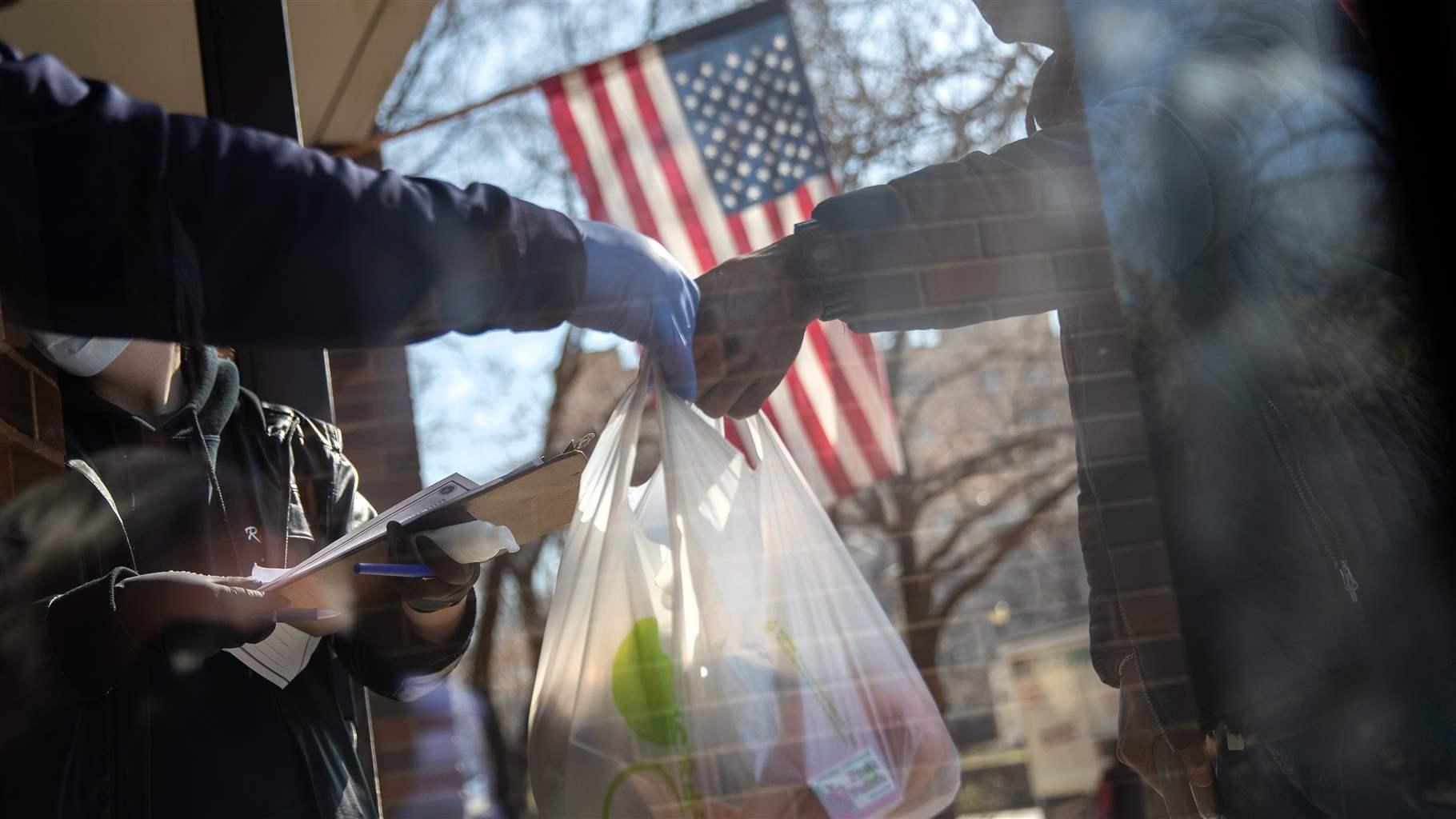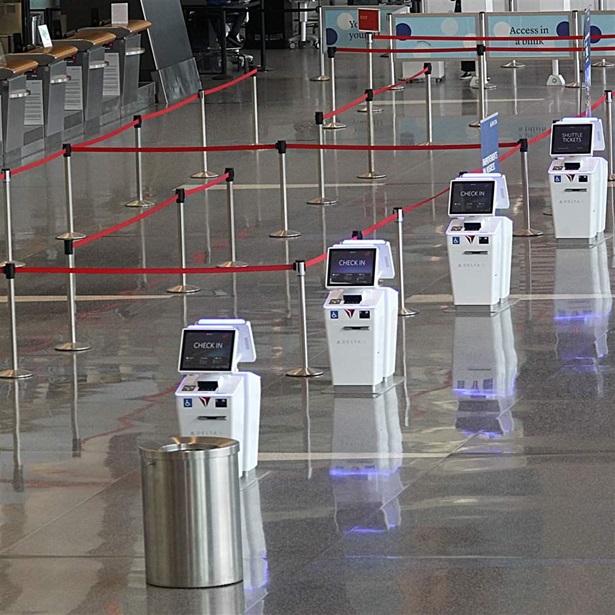States Have Limited Options to Boost Short-Term Economic Growth
Virus outbreak highlights differing roles of federal, state governments in times of economic distress

State governments moved quickly to the forefront of fighting the spread of the novel coronavirus, increasing resources for public health efforts, closing schools, and mobilizing the National Guard. Officials at the state level are also working to identify and implement ways to reduce the immediate impact of the outbreak on people and businesses within their borders.
To mitigate the economic slump caused by the COVID-19 outbreak and its longer-term implications, the federal government has a range of tools available, including changes to both monetary and fiscal policy. States’ options are more limited, in part because they must balance their budgets by law. The Pew Charitable Trusts has done extensive research to help states navigate fiscal challenges and identify potential policy approaches. This Q&A explores the different roles of the state and federal governments in boosting economic growth.
How will the current situation affect state budgets?
A: In addition to the public health crisis and its immediate financial impact on constituents, lawmakers are concerned about the effect that current economic conditions will have on state government revenue and each states’ ability to provide needed services. The largest sources of states’ revenue are personal income taxes and sales taxes.
Broad-based personal income taxes are the greatest source in 31 of the 41 states that impose them, while sales taxes are the largest source in 15 of the 45 states that collect them. But, as consumers spend less money, sales tax collections will decrease, and as the number of people laid off or working fewer hours grows, income tax revenue will decline.
At the same time, as more people lose jobs or income, enrollment in means-tested programs such as Medicaid will rise—and increase state spending. State lawmakers across the country are concerned about the consequences of this simultaneous decrease in revenue and increase in costs. In addition to addressing this pandemic and the impact on households and businesses, they will also need to find ways to maintain key services while closing budget gaps.
How can federal fiscal policy boost short-term economic activity?
A: Congress and President Donald Trump are working to use spending and tax policy to quickly put more money into the hands of households and businesses. If those initiatives move fast enough and are large enough and effectively targeted, they may be able to boost short-term economic activity. Unlike the states, which must balance their budgets every one or two years, the federal government can cut taxes and raise spending simultaneously by increasing the deficit.
Can state fiscal policy boost short-term economic growth?
A: State governments play a pivotal role in determining the country’s long-term economic trajectory, in part by supporting educational initiatives, workforce training programs, and infrastructure investments. However, state fiscal policy is typically not effective in boosting short-term economic growth because of the need to balance budgets. Any state tax cut or spending increase must be counterbalanced by a tax increase or spending decrease. As a result, state fiscal policy in a recession often exacerbates the effects of an economic slowdown. During the Great Recession and through 2012, states experienced significant budget gaps. Collectively, they closed 61 percent of that hole using spending cuts and tax increases, which then reduced economic activity.
How can states balance their budgets without negative economic consequences?
A: The primary option for states is to tap their rainy day funds. These funds provide a pool of money to help plug budget gaps during economic downturns and respond to other unforeseen challenges, such as the coronavirus outbreak. At the beginning of the current fiscal year, states collectively held record amounts in reserves.
Another option is for states to access additional federal aid. In recent recessions, the federal government has provided assistance to bolster state budgets and economies and lessen the need for state tax increases and spending cuts. During the Great Recession, it provided increased funding for Medicaid, education, the Supplemental Nutrition Assistance Program, and unemployment insurance, among other things. The states and the federal government operate these programs in partnership. The National Governors Association recently called for increased federal support for Medicaid to help combat COVID-19 and $150 billion in flexible funding that states could use to address urgent needs and maintain key services.
Jeff Chapman is director of The Pew Charitable Trusts’ state fiscal health initiative and Anne Stauffer is director of Pew’s fiscal federalism initiative.













